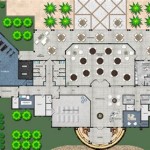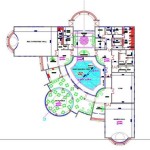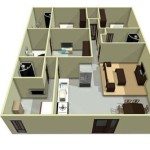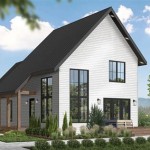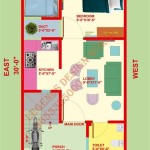Essential Aspects of Pitched Roof Dog House Plans
When constructing a dog house, meticulous planning and consideration are paramount. For pitched roof dog houses, specific aspects play a crucial role in ensuring the comfort and well-being of your canine companion. This article delves into the essential elements of pitched roof dog house plans, providing valuable guidance for a successful construction project.
Materials
The choice of materials for your dog house is fundamental. Durable and weather-resistant options like treated lumber, plywood, and asphalt shingles are recommended. Consider insulation materials such as fiberglass batts or foam insulation to regulate temperature and provide warmth during cold months. Ensure that all materials are chew-proof and non-toxic to safeguard your pet's health.
Dimensions
Determine the appropriate size of the dog house based on your dog's breed and size. Generally, the dog house should be large enough for your dog to stand up, turn around, and stretch out comfortably. As a rule of thumb, add 6-12 inches to your dog's height and width for the interior dimensions.
Roof Pitch
The roof pitch, which refers to the angle of the roof, is an important aspect to consider. A steeper pitch allows for better water runoff, preventing leaks and moisture buildup. However, a very steep pitch may be difficult to construct and may not provide sufficient headroom. A pitch between 15 and 45 degrees is typically recommended.
Ventilation
Proper ventilation is essential for maintaining a healthy environment inside the dog house. Incorporate ventilation holes near the top of the house to allow air circulation and prevent condensation. These holes should be strategically placed to avoid direct drafts that can be uncomfortable for your dog.
Doorway
The doorway should be sized appropriately to allow your dog to enter and exit comfortably. Consider a doorway height that is approximately 75% of your dog's height. The doorway should be positioned towards the back of the house to provide a sheltered area for your pet.
Insulation
Insulating the dog house is crucial for regulating temperature and providing warmth during cold weather. Use insulation materials such as fiberglass batts or foam insulation, ensuring that all gaps and cracks are properly sealed to prevent drafts. Adequate insulation will make the dog house more comfortable and inviting for your furry friend.
Elevated Design
Elevating the dog house on legs or a platform has several benefits. It provides protection from ground moisture, prevents pests and rodents from entering, and allows for better air circulation. Aim to elevate the house approximately 6-12 inches off the ground.
Additional Features
Consider incorporating additional features such as a removable roof for easy cleaning and access, a porch or overhang to provide shade and shelter, or a window for ventilation and natural light. These features can enhance the functionality and comfort of the dog house.
Conclusion
Building a pitched roof dog house requires careful planning and attention to detail. By considering the essential aspects discussed in this article, you can create a sturdy, comfortable, and weather-resistant shelter for your beloved pet. Remember to prioritize your dog's needs and ensure that the dog house provides a safe and inviting space where it can rest and feel protected.

Gable Roof Dog House Plans Easy Diy

Large Dog House Plans Gable Roof Style Doghouse 90304g Pet Size Up To 150 Lbs

Dog House Roof Plans Free Garden How To Build Projects

How To Construct A Modern Slanted Roof For Your Diy Dog House Plans Houses
Diy Modern Dog House For Oscar The Awesome Orange

Dog House Plans Free Diy Projects Construct101

30 X 36 Small Dog House Plans Gable Roof Style With Porch Design

Large Dog House Plans Free Construct101

Easy Framing For A Slanted Roof Dog House Diy Outdoor Plans

8x16 Dog Kennel Plans 2 Stall Shelter


